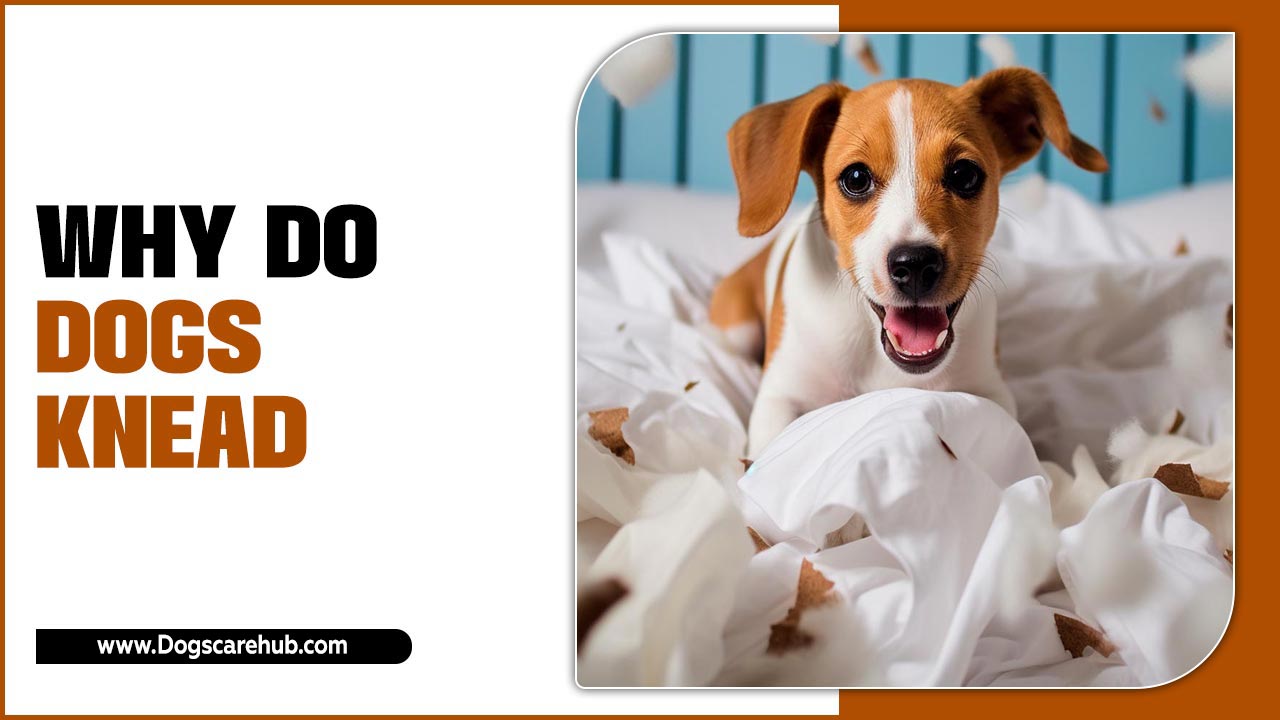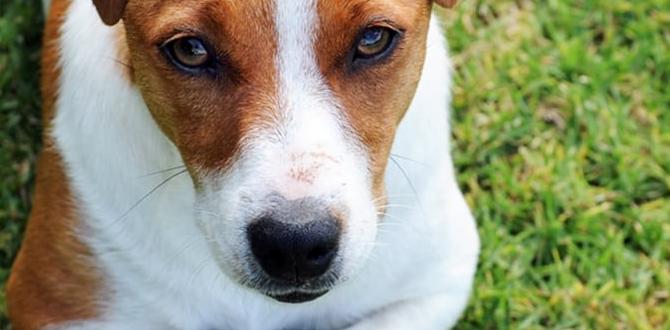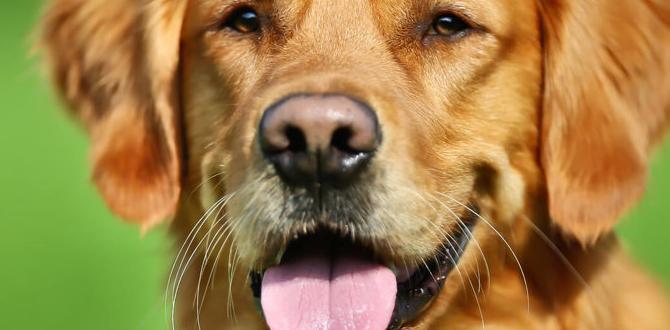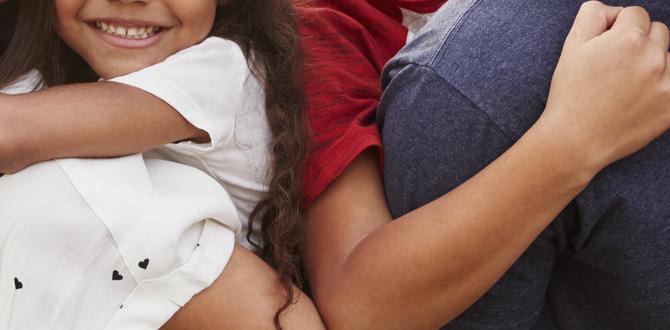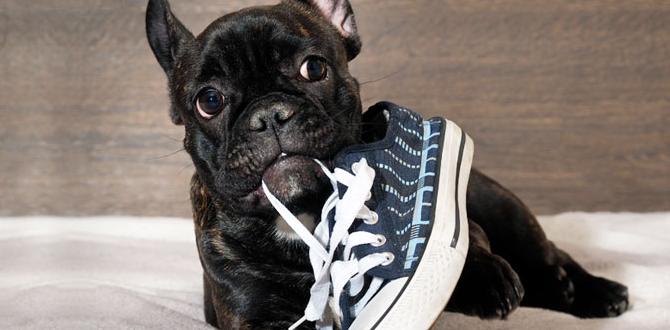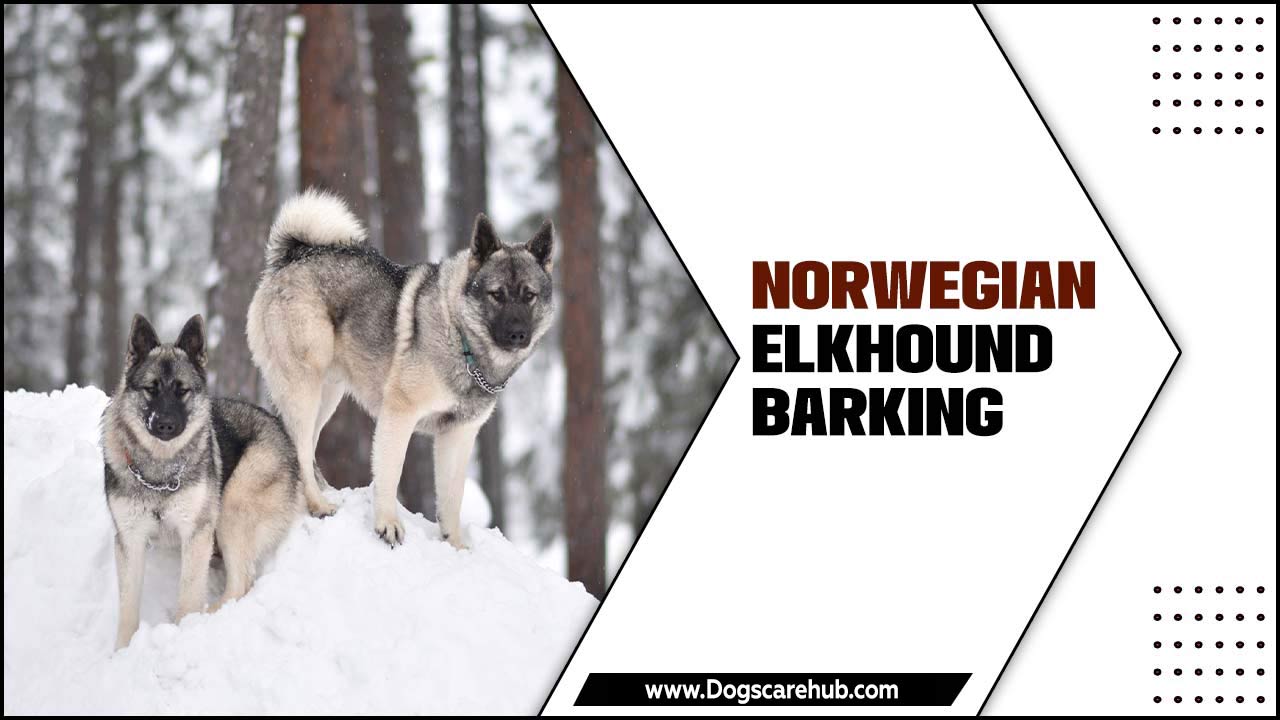Dog Jumping on People Step-by-Step: Stop Now
Imagine this: you’re enjoying a pleasant stroll, perhaps in the park or down your street, when suddenly a friendly (but overly enthusiastic) canine launches itself towards you, paws outstretched. It’s a familiar scene for many dog owners and people who interact with dogs, but it can quickly become frustrating, embarrassing, and even potentially dangerous. Understanding dog jumping on people step by step is the crucial first move towards retraining this behavior. This isn’t about punishing your dog; it’s about clear communication and teaching them more appropriate ways to greet humans.
The root of this behavior is often a dog’s excitement and desire to interact. They jump because it’s been an effective way to get attention, both positive and negative, in the past. For puppies, jumping is a natural way to greet their mother and littermates. As they grow, they often transfer this greeting behavior to humans. Without consistent training, they learn that jumping is a viable method to reach faces and solicit interaction. The key to stopping this behavior lies in a systematic approach that addresses the underlying reasons and redirects the dog’s energy.
The Step-by-Step Approach to Stopping Dog Jumping
Here’s a breakdown of how to address dog jumping on people step by step, providing you with actionable strategies to achieve a calmer, more polite dog.
Step 1: Management is Key – Prevent the Rehearsal
Before you even begin formal training, the most critical step is to prevent the unwanted behavior from happening. This means management. If your dog is prone to jumping, especially when guests arrive or when you return home, you need to put measures in place to stop them from practicing the jump.
Leash Control: Keep your dog on a leash when you anticipate potential jumping situations. This allows you to immediately control their movement and prevent them from leaping.
Crate Training or Separate Room: For arrivals and departures, consider having your dog in their crate or a separate, safe room. They can be released once they are calm.
Baby Gates: Utilize baby gates to create a barrier between your dog and visitors until they have settled down.
Inform Visitors: Politely ask your visitors to ignore your dog until they are calm and have all four paws on the floor. No petting, no talking, no eye contact for the jumping dog.
The goal here isn’t to isolate your dog, but to prevent them from getting the reinforcement (attention, even negative) they crave by jumping. Every time they jump and receive any form of attention, they learn that jumping works.
Step 2: Teach an Alternative Behavior – “Four on the Floor”
Once you’ve started managing the situation, it’s time to actively teach your dog what you want them to do instead of jumping. The most effective replacement behavior is the simple act of having all four paws on the ground.
Reward Calmness: As soon as your dog’s paws touch the floor, even for a second, praise them and offer a treat. This is the core of positive reinforcement. You are rewarding the desired behavior.
“Sit” Command: A “sit” command is an excellent alternative to jumping. When your dog approaches, ask them to sit. If they sit, reward them generously with praise and a treat and perhaps a gentle pet.
Gradual Introduction: Start practicing this in low-distraction environments. Once they are reliably sitting or keeping four paws on the floor in a quiet room, gradually introduce more distracting environments.
This step requires patience and consistency. You are essentially teaching your dog that polite greetings (sitting or standing with four paws on the floor) are what earn them the attention and affection they desire.
Step 3: Implement the “Ignore and Turn Away” Technique
This is where you directly address the jumping when it happens, but in a way that doesn’t reward it.
The Moment of the Jump: The instant your dog’s front paws leave the ground to jump on you or a guest, calmly and without acknowledgment, turn your back to them.
Withdraw Attention: Cross your arms, look away, and become a boring, uninteresting tree. Do not speak, do not push them down, do not make eye contact. To your dog, you have temporarily disappeared.
Reward the Calm: As soon as all four paws are back on the ground, turn back around. If they remain calm and have all four paws on the floor, then you can offer praise and a treat. If they jump again, repeat the process.
This technique teaches your dog that jumping makes the human disappear, while keeping all four paws on the floor makes the human re-appear and potentially offer rewards. This is a powerful lesson for them.
Step 4: Socialization and Controlled Greetings
As your dog progresses, controlled socialization is vital.
Practice with Friends and Family: Ask calm, willing friends or family members to help. Brief them on the training plan: ignore jumping, reward four on the floor.
Leash Control in Social Settings: Continue to use a leash for controlled greetings. Have your dog sit before the person approaches. If they stay seated and polite, the person can offer a reward (a gentle pet, a calm word). If they jump, the person should disengage and wait for calm.
Vary the Scenarios: Practice greetings at the door, on walks, and when encountering other people. The more your dog practices polite greetings in different environments, the more reliable the behavior will become.
Consistency is Non-Negotiable
The most important element of stopping dog jumping on people step by step is unwavering consistency. Every single person who interacts with your dog needs to be on board with the training plan. If one person allows jumping, it undoes all your hard work and reinforces the dog’s belief that jumping sometimes* works.
This journey requires patience and understanding. Your dog isn’t being malicious; they’re simply acting on learned behaviors and excitement. By implementing these steps consistently and with positive reinforcement, you’ll transform your dog into a polite greeter, making every encounter a pleasant one for everyone involved. Remember, a well-behaved dog is a joy to be around, and with the right approach, you can get there.
Meet Elyse Colburn, the devoted canine companion and storyteller behind the enchanting world of “Tales, Tails, and Adventures Unleashed.” A passionate dog enthusiast with a heart full of paw prints, Elyse Colburn shares heartwarming tales and insightful adventures, celebrating the joy, loyalty, and endless antics that make every dog a true hero. Join Elyse Colburn on this tail-wagging journey, where every post is a love letter to our four-legged friends.

